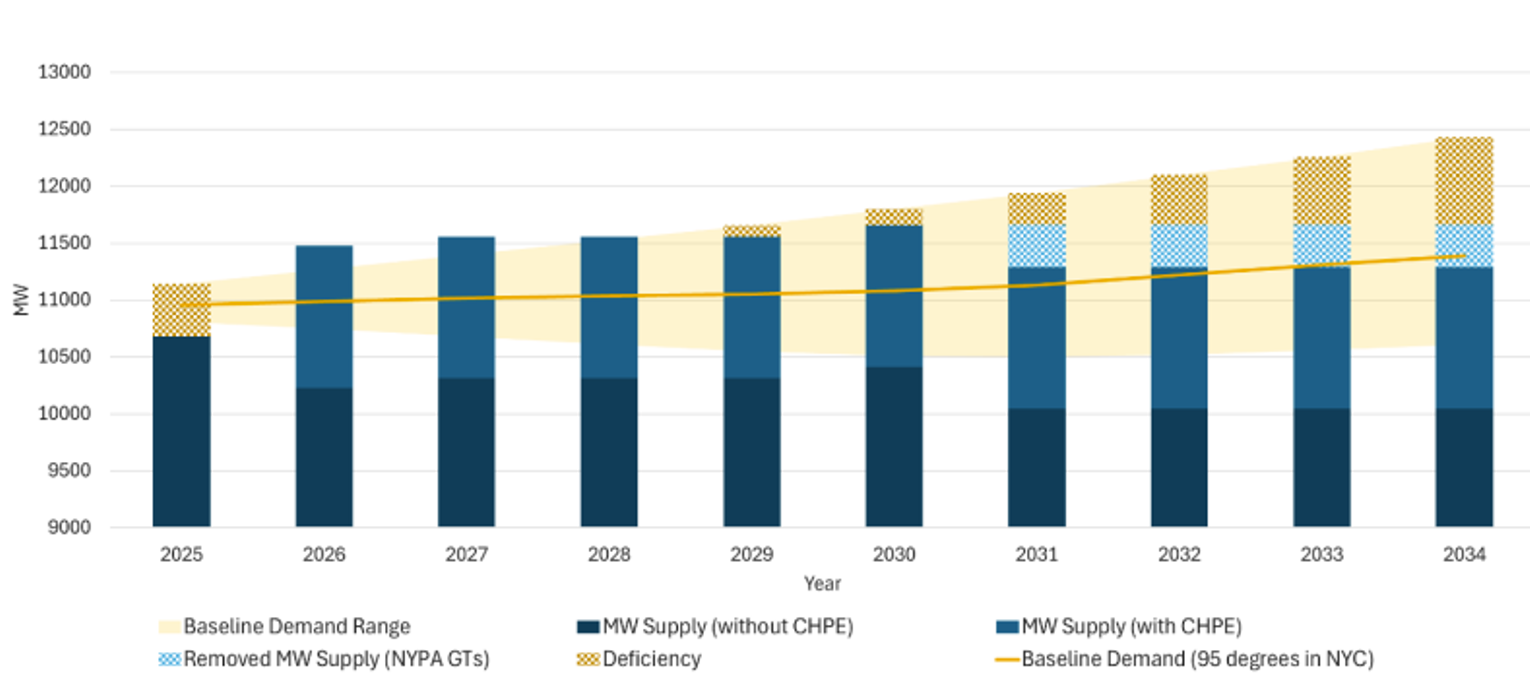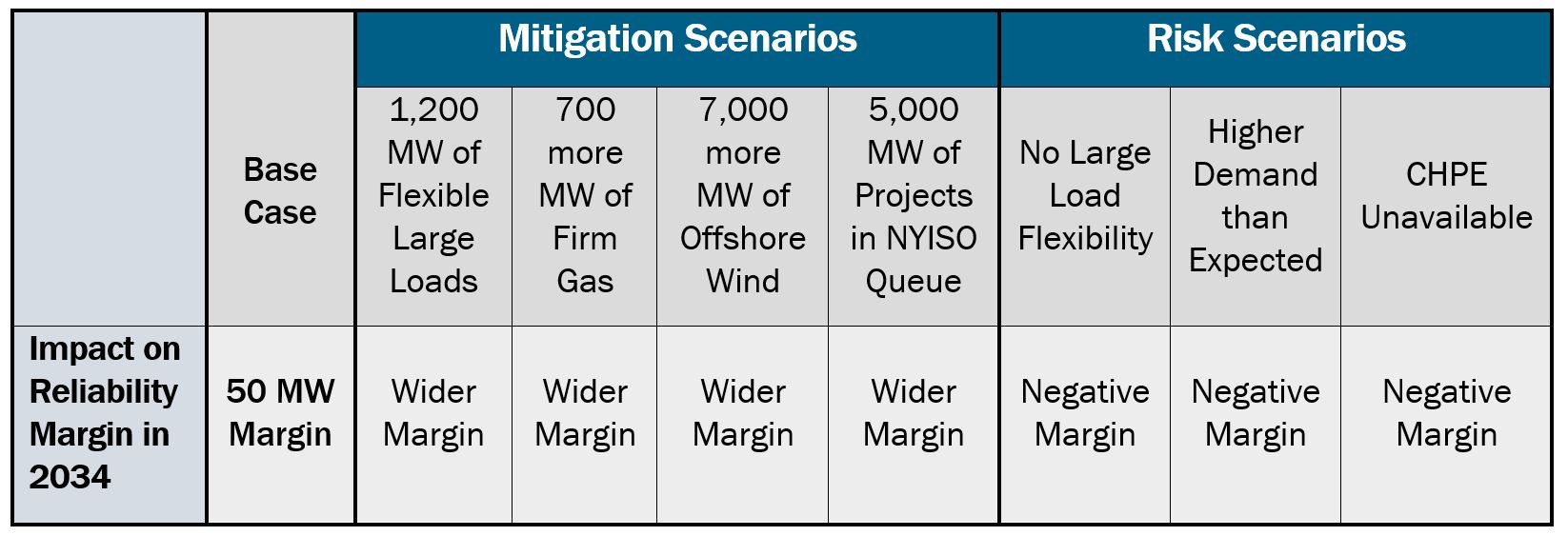Scenario Planning Helps NYISO Identify Reliability Risks, Solutions for New York’s Grid in Transition

With a fast-changing electric system, planning for future grid reliability has become an increasingly complex process, requiring careful consideration of many possible outcomes.
The NYISO forecasts how the grid will perform over the next decade by relying on a combination of hard data and informed assumptions to make its findings. To account for inherent uncertainties in modeling the future, NYISO reliability planning processes have always mapped out a range of different possible scenarios. But in today’s quickly changing economy, with political whims impacting climate policy, the NYISO has become accustomed to modeling even more scenarios as a way to hedge against future uncertainty.
Scenario-based planning helps inform regulators, policymakers, market participants and the public about how reliability could be impacted as we transition to a decarbonized grid and what actions may be necessary to reduce any risks.
The NYISO’s Reliability Needs Assessment (RNA) and Comprehensive Reliability Plan (CRP), biennial reports released on alternating years, enable grid planners to test several different assumptions, assemble a suite of potential outcomes, measure for possible impacts, and identify solutions.

Caption: RNA modeling studies combined scenarios to communicate potential outcomes and ranges.
Take, for example, projected future demand for electricity in the NYISO’s 2024 Reliability Needs Assessment. The rate of demand growth hinges in large part on how quickly New Yorkers choose electric vehicles and adopt air-source heat pumps in their homes and commercial buildings. Also significant will be the development of new energy intensive data centers and chip manufacturing facilities across the state.
There are also uncertainties on the supply side. The availability of generation to meet future electricity needs depends largely on what types of power plants will be added to the system and which existing units may retire or malfunction due to age.
That’s where scenarios come in.
The RNA uses one set of circumstances and assumptions called the “base case,” which determines whether there are actionable reliability needs that must be addressed. Scenarios then help us identify conditions that might increase or reduce the risk of future reliability needs.
According to NYISO Senior Vice President of System & Resource Planning Zach Smith, examining multiple scenarios offers a fuller picture of how the grid may evolve.
“By modeling how the grid performs under different sets of assumptions, we can identify risks that may create reliability concerns as well as mitigating measures that will reduce those concerns,” Smith said.
Thinning statewide reliability margins
The 2024 RNA examined statewide reliability margins to determine whether sufficient supply is available to meet expected demand over the next ten years. While the RNA found supplies would be sufficient to meet expected demand, it reinforced findings from earlier studies that reliability margins are thinning.
By 2034, the RNA foresees a margin of just 50 megawatts (MW) when electricity demand is at its peak. With such thin margins, even slight changes to the initial set of assumptions could result in very different conclusions.
To provide a more complete picture of future reliability, the RNA highlights seven possible scenarios. The flowchart below illustrates three “risk scenarios,” which would reduce reliability margins, and four “mitigation scenarios” that would lead to greater margins during peak demand.

Notably, the mitigation scenarios illustrate that maintaining existing supply and adding new generation resources to the grid will increase reliability margins. On the other hand, the risk scenarios show that reliability margins will further erode if demand is higher than expected.
These scenarios will be considered in the NYISO’s upcoming 2025-2034 Comprehensive Reliability Plan, a biennial report that examines potential solutions to projected reliability needs. The NYISO also releases quarterly Short-Term Assessment of Reliability (STAR) reports to identify reliability needs that may arise over the next five years due to changes to the grid from generator deactivations, transmission availability, and updated electric demand forecasts.
“Regulators, market participants, and investors can see the narrow margins we’re facing and how those margins can be bolstered before reliability issues arise,” Smith said.
Additional resources:
2024 Reliability Needs Assessment
Explaining the New York City Reliability Need
